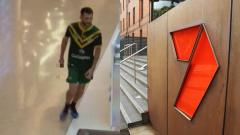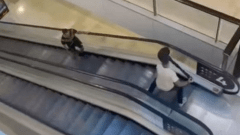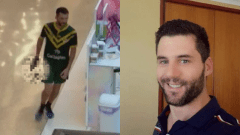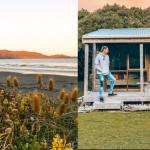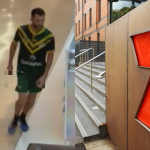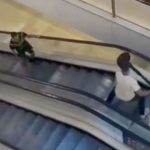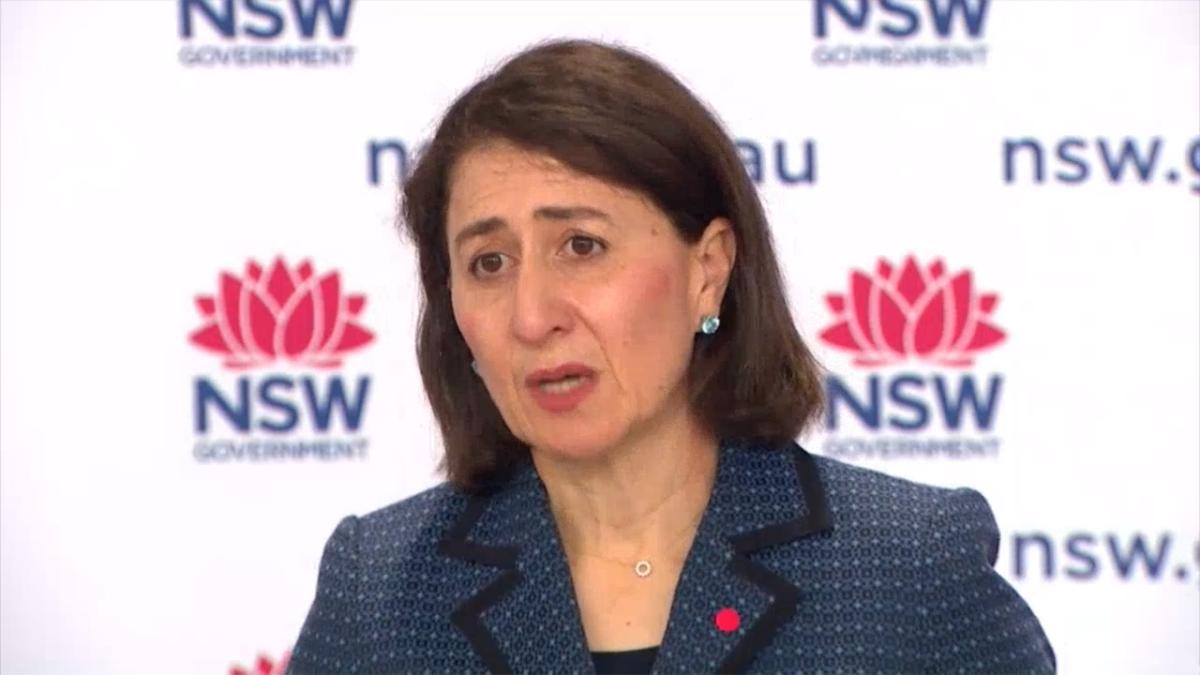
NSW could see COVID-19 cases peak later with month with up to 2,000 new cases per day, according to Burnet Institute modelling released by Premier Gladys Berejiklian on Monday.
It comes after the state recorded 1,281 local cases and five deaths overnight, and the hope is that releasing this data will help ease our doom and gloom about the current rising case numbers.
“Late last week I received modelling on when our health experts think the peak will hit in terms of the number of cases, what the ICU requirements might be and what the number of people in hospital might be,” Berejiklian said at the daily coronavirus presser on Monday morning.
“And I am pleased to say that today we will be making all of that public, but I do want to qualify a lot that to say that modelling depends on a number of things, a number of variables.
“If too many of us do the wrong thing, there are too many super-spreading events, we could see those numbers be higher than what they are.”
By around mid-September (so in a week or two) we can expect up to 2,000 new COVID-19 cases recorded each day in the 12 LGAs of concern. We’ve recently been hovering around the 1,200-1,400 mark statewide, for context.
Also in mid-September, it’s expected that somewhere between 2,200 and 3,900 will be hospitalised with COVID-19 in NSW, which is set to put a fair bit of strain on the healthcare system.
Around 560 of those COVID patients are expected end up in the ICU, on top of the usual non-COVID demand of around 387 people each day.
This is important because COVID patients spend more time in the ICU than most patients, and this take up beds from other people who also need to be in intensive care. Thankfully, NSW Health reckons the ICU surge capacity is 1,550 beds.
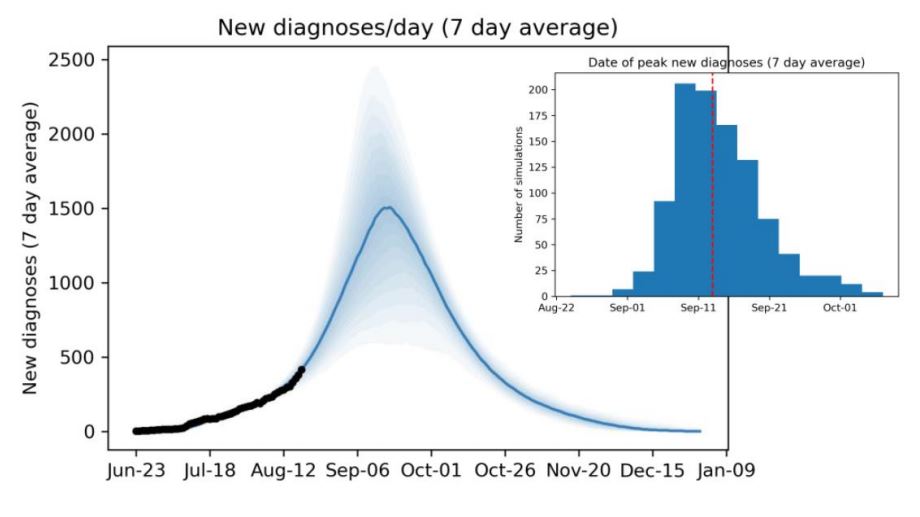 The good news is that this modelling has given health authorities time to prepare and adapt for what’s coming.
The good news is that this modelling has given health authorities time to prepare and adapt for what’s coming.
Dr Nhi Nguyen (who you may remember from previous cameos at the COVID pressers) is an intensive care specialist at Nepean Hospital who helped spearhead NSW Health’s plan in response to the modelling.
“If you remember sitting in all our rooms and seeing those images come through from Italy and New York, of patients on ventilators in corridors, and of ICU and emergency department specialists overseas really sort of starting to highlight to us what the impact of COVID was on their health systems,” she said.
“It was about this time that myself and other advisers that were brought into support the response, and we knew that it was a call to arms and we started off getting the equipment because we knew that a lot of our equipment required shipping from overseas.”
In the meantime, it’s up to all of us to get vaccinated ASAP. Once NSW hits 70% double dose coverage (which we’re on track to achieve in mid-October), some of the harsher lockdown restrictions can start to be lifted.
When 80% of the population is fully-vaxxed with double doses, we could see things like international travel restart.
While this modelling is a good indicator of the road ahead, it really is just that: modelling. Don’t take it as gospel, and don’t get your hopes up on hitting (or avoiding) exact numbers.
“I doubt that every single number will be correct to the nth degree,” Berejiklian added.
“But what the modelling does is give you good vision of what is likely to occur.
“I think the public would much prefer that we put out the modelling that I have access to, that I see, the most up-to-date modelling, so that people understand and appreciate why we make decisions the way we do, and also what is likely to occur in the next few months.”
All adult Aussies (yep, even those of us under 40) are currently able to get vaccinated against COVID-19. Click here to see which clinics are offering it, and talk to a doctor for more info.
The best vaccine is the first one you can get, and that’ll be our ticket out of this mess.

